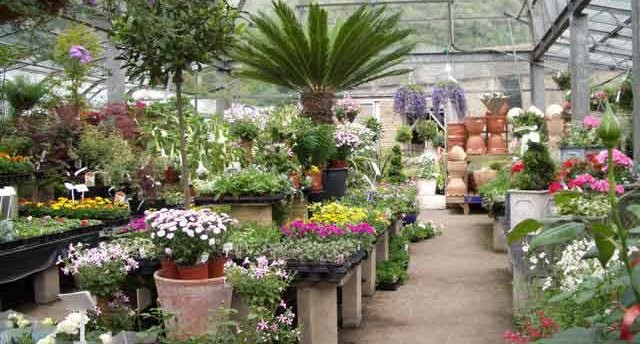
In the world of gardening and horticulture, one factor that significantly influences the health and growth of plants is the choice of nursery containers. These containers are not just mere vessels for holding plants; they play a pivotal role in ensuring optimal growth conditions. This article delves into how the right nursery containers can optimize plant health and growth.
Understanding the Importance of Nursery Containers
Nursery containers, often overlooked, are essential for the initial stages of a plant’s life. They provide the necessary environment for root development, support, and overall plant health. The choice of container affects water retention, soil aeration, and nutrient availability, all of which are crucial for plant growth.
Factors to Consider in Choosing Nursery Containers
Material Matters
- Plastic Containers: Lightweight and cost-effective, plastic containers are popular. They retain moisture well but can restrict air flow if not properly designed.
- Clay or Terracotta Containers: These are porous, allowing for better air circulation. However, they are heavier and more fragile.
- Fabric Pots: A recent innovation, fabric pots allow for excellent air pruning and drainage, promoting healthy root growth.
Size and Shape
- Seedlings and Small Plants: Smaller containers are ideal for seedlings. They ensure a snug environment, aiding in root establishment.
- Larger Plants: As plants grow, they require more space. Upsizing containers is crucial to accommodate growing root systems.
Drainage
To ensure the healthy growth of plants in nursery containers, it’s important to establish effective drainage. Ensure containers have adequate drainage holes.
The Impact of Nursery Containers on Plant Health
Root Development
The right container size and material significantly impact root growth and health. Poor choices can lead to root bounding or inadequate root development.
Water and Nutrient Management
Nursery containers influence how water and nutrients are managed. Different materials absorb and release moisture differently, affecting how often plants need to be watered and fed.
Disease Prevention
Properly designed nursery containers can help prevent plant diseases. Good drainage and air flow reduce the risk of fungal infections and root diseases.
Best Practices for Using Nursery Containers
Regular Monitoring
Regularly check plants in nursery containers for signs of stress or disease. This includes monitoring soil moisture, leaf health, and root growth.
Timely Repotting
Be vigilant about repotting. Overcrowded roots can severely hamper a plant’s growth and health.
Soil Quality
Use high-quality potting soil appropriate for the type of plant and container. This ensures adequate nutrition and support for the plant.
Conclusion
In conclusion, the choice of nursery containers is a critical aspect of plant care and horticulture. By selecting the right materials, sizes, and ensuring proper drainage and maintenance, gardeners can significantly improve the health and growth of their plants. Remember, a healthy plant starts with the right foundation, and nursery containers are a fundamental part of that foundation.







